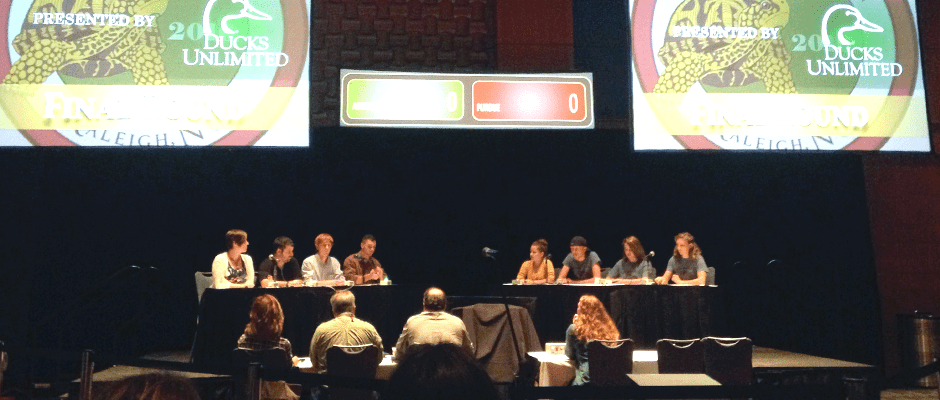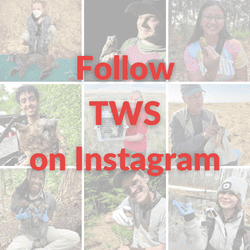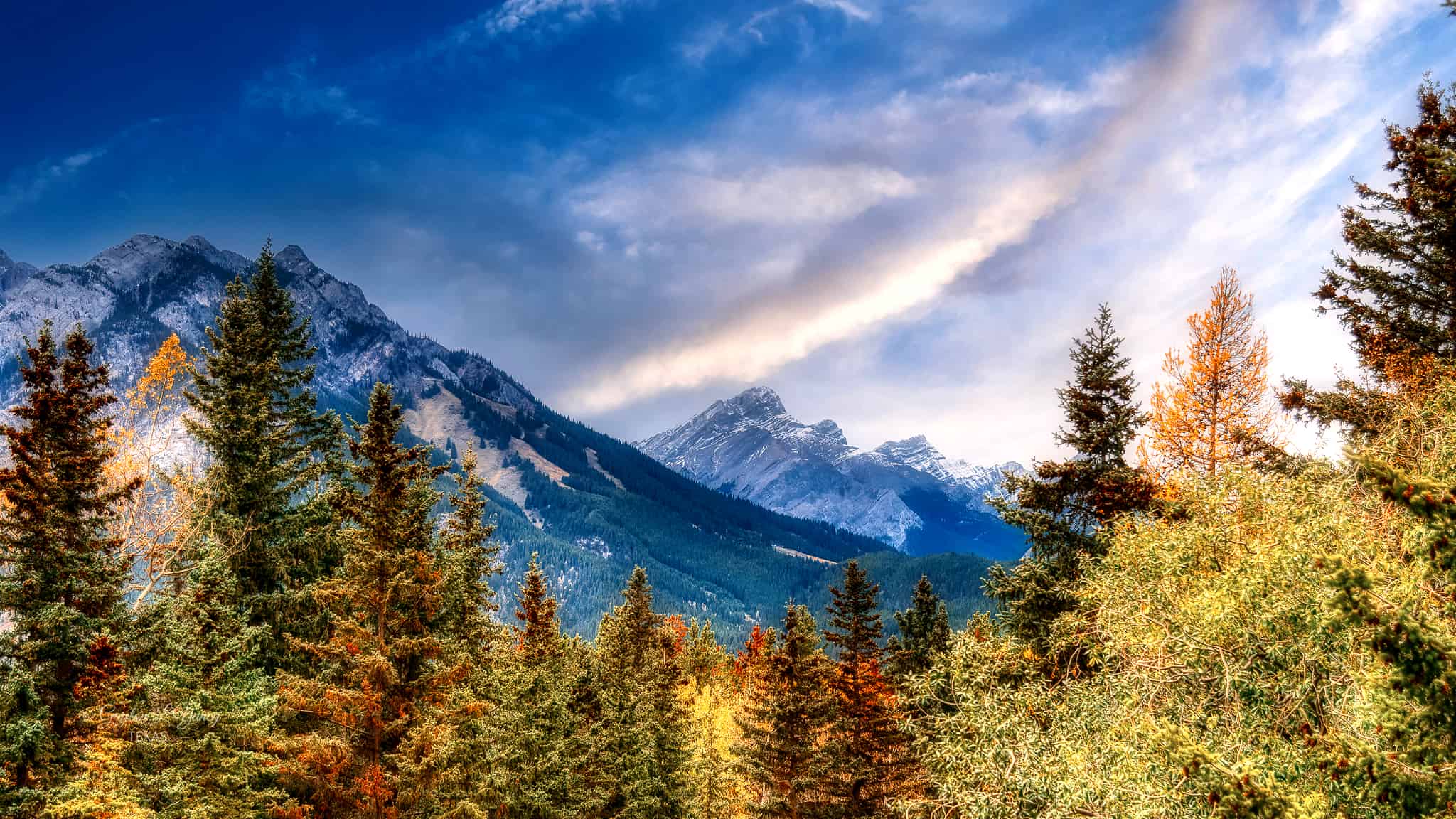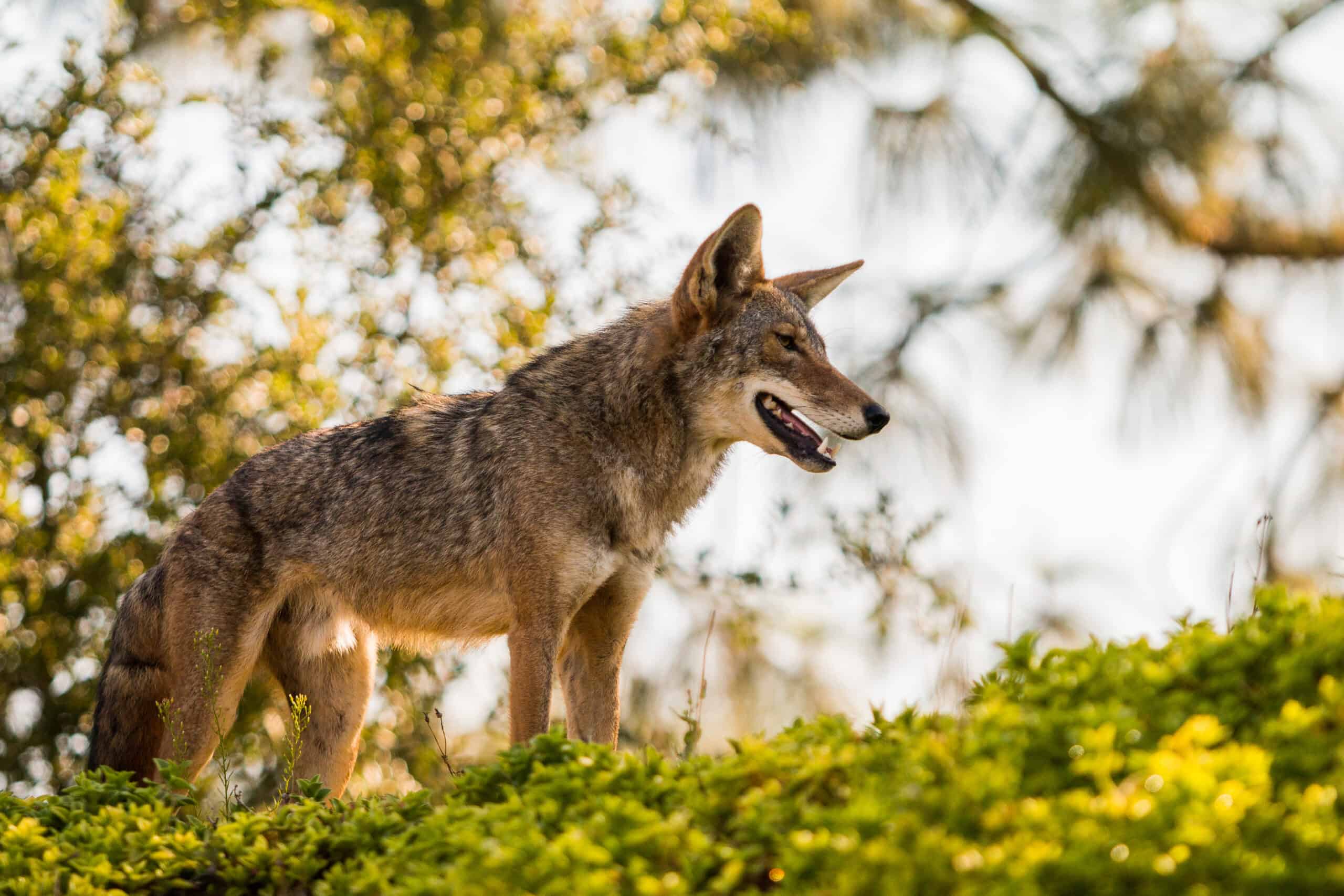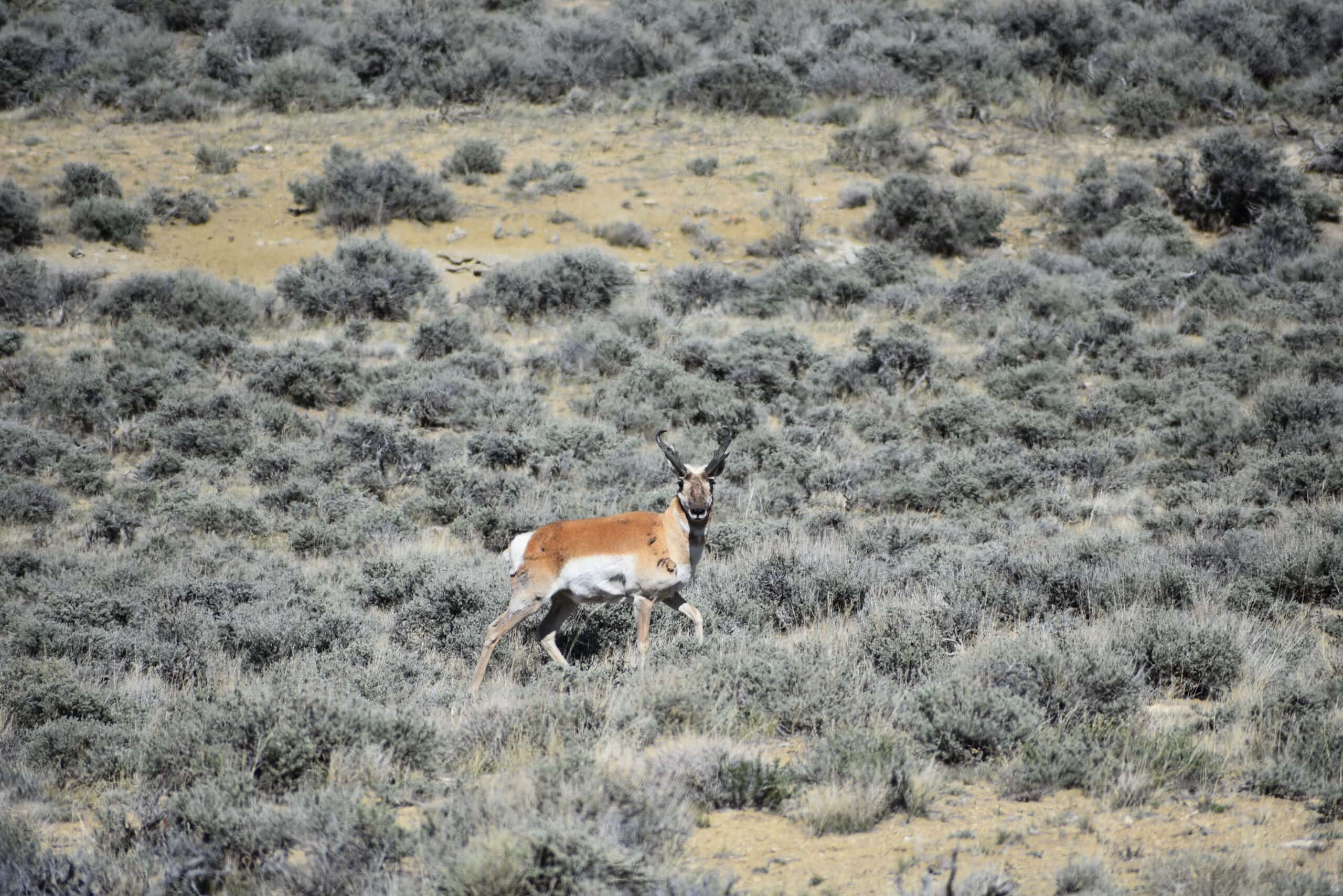Share this article
What you missed at TWS’ 23rd Annual Conference
There is one toss-up question left to win the match at The Wildlife Society’s Annual Quiz Bowl competition in Raleigh, N.C. You’re in the audience sitting with other students and everyone is on the edge of their seats with anticipation. Your school’s team is ahead, but either team can get a bonus question worth 20 points that could make a huge difference in the outcome. The cavernous room is dark and still as the screen reads, “What year was the Antiquities Act signed into law?” The other team buzzes first, so you’re left waiting at the edge of your seat. They give the wrong answer, and the question is turned over to your team. “1906!” one of the participants answers, and you know they have won the round.
The Quiz Bowl is one of many events at the TWS Annual Conference that undergraduates can participate in. Although my school’s team, Purdue University, didn’t win, the whole conference experience for me as an undergraduate and wildlife professional-in-training was more valuable than I had imagined.
Wildlife scientists and professionals from across the United States and Canada came to learn about the latest research being presented in a series of symposiums and sessions featuring keynote speakers. But in addition to the professionals attending the conference, undergraduate and graduate students have the opportunity to present posters outlining their research and network with plenty of people. As a student, it is one of the best opportunities to find a job or a graduate school program by taking advantage of the networking opportunities.
This was my third time attending a TWS Annual Conference and also my most professionally successful. I attended the student-professional mixer at the North Carolina Museum of Natural Sciences on the opening night, which I believe is the most important networking event for all students. Holding the event at a natural history museum really put our field into perspective. Plus talking to potential wildlife-related employers under the skeleton of a whale is much easier and more fun than doing so while seated at a formal dinner.
During the week, I also joined in the discussions held by the TWS Conservation Education and Outreach Working Group. As individuals spoke, it made me realize how essential it is to have all ages represented at these working groups, because ultimately each generation had insight and understanding that other generations may have lacked. For example, social media was a huge topic of discussion at this meeting. The undergraduates often knew more about how to create a Facebook page and make it flourish as well as how to set up a successful website that attracts attention than older meeting participants.
During the conference, I spoke with multiple exhibitors, including the National Horse and Burro Rangeland Coalition. Their exhibit helped me understand how federal legislation is affecting land management in the West and how we, as voters, can help by contacting our respective state legislators about getting effective legislation passed.
Alumni events are another great networking opportunity at the conference. I had the chance to catch up with Purdue University alumni at our annual reception. This year, we were lucky to have five past presidents of our student chapter attend the event. Talking to them made me realize not only how much our chapter has changed over the years, but it also made me appreciate what has stayed the same.
Speaking as an undergraduate, I believe many students are overwhelmed by the idea of a national conference filled with people who have been conducting research for decades. Many of the undergraduates who attend may only have one research project completed, if any at all, and that is perfectly fine. I was extremely nervous at my first conference, being brand-new to the wildlife program and not knowing anything about management or population dynamics. However, people have always been friendly and happy to talk about their research each time I have attended, so my advice is to just go. You simply cannot afford to pass up such an amazing networking opportunity. Overall, I came away from the conference with six new contacts for internship opportunities.
Many of my peers find talking to professionals daunting, but I figured out after my first conference that if you just make eye contact and take the first step, 90 percent of the time, the other person will follow suit. The wildlife biology field is a small world, and you might as well start living in it as quickly as you can.
Morgan Sussman is a junior at Purdue University studying wildlife and professional writing.
Header Image: ©Morgan Sussman



